Press Release: 7/29/2025
Gateway Cities Leadership Summit 2025: Reclaiming Growth, Rebuilding Opportunity, and Redefining What’s Possible
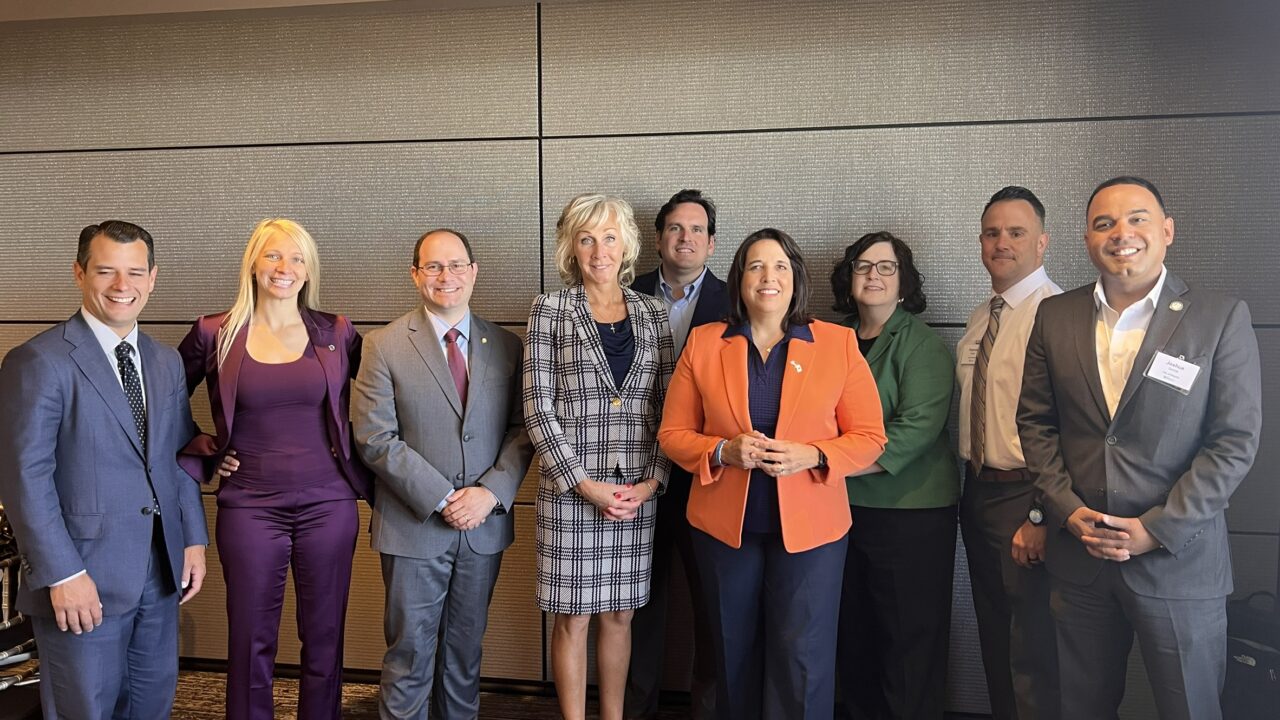
July 28, 2025
On July 22, 2025, municipal leaders, policymakers, and economic development practitioners came together for the 2025 Gateway Cities Leadership Summit, hosted by the Gateway Cities Innovation Institute. Held during a pivotal moment for Massachusetts, when federal uncertainty looms and local needs are mounting, the day was rooted in a simple idea: Gateway Cities are ready to meet the moment.
Welcome: Momentum in the Making
We welcomed attendees by grounding the day in what’s real: Gateway Cities are where the rubber meets the road on every major issue facing the Commonwealth—from housing and transit to education, clean energy, and economic mobility. The message was clear: These regional hubs have the bones, the brains, and the bold leadership. What they need now is coordination, investment, and a system that clears the runway rather than setting up hurdles.
As part of our continued commitment to elevating Gateway City voices, we also announced the hiring of CommonWealth Beacon’s new Gateway Cities Reporter, Hallie Claflin. This new role represents a strategic investment in storytelling and accountability journalism ensuring that the issues, innovations, and lived experiences of these communities are front and center in statewide conversations.
Five Big Ideas for Economic Development
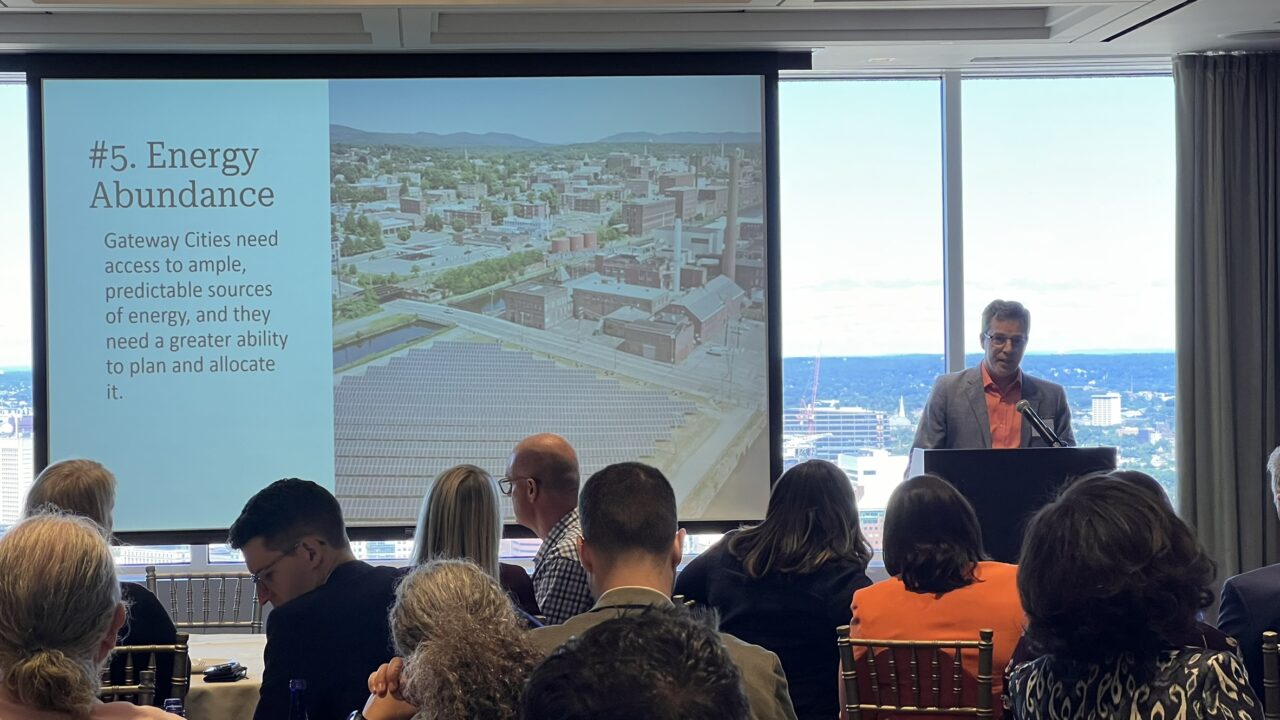
To help frame the day, Gateway Cities Innovation Institute Director André Leroux laid out five big ideas that could help catalyze progress across communities:
- Triple the Housing Development Incentive Program (HDIP) to fuel more middle-income housing development.
- Take the success of MassDevelopment’s TDI program and scale it—especially for climate tech and small business growth.
- Put money into Main Streets and downtowns, not just planning, but storefront activation, marketing, and real investment.
- Pass the Mass Ready Act to make it easier to build in Gateway Cities than in greenfield suburbs.
- Create regional innovation campuses that prioritize energy abundance and affordability as key site selection drivers.
The ideas presented were a challenge to dream big and act urgently—and an invitation to flip the script on who gets to be at the center of Massachusetts’ next economy.
Want to dive deeper into the Five Big Ideas shared at the Gateway Cities Leadership Summit? Check out the latest edition of the Gateway Cities Journal and review the two-pager a concise summary of the recommendations.
Remarks from Lt. Governor Kim Driscoll
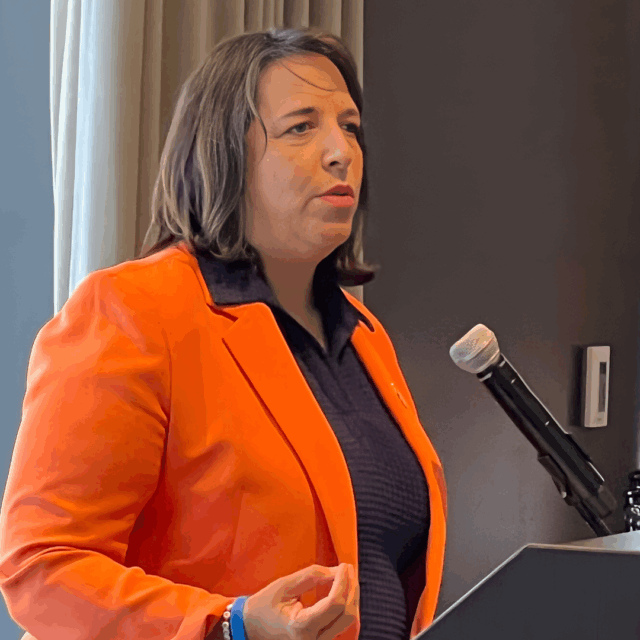
Lieutenant Governor Kim Driscoll took the stage with a tone that was equal parts realist and partner-in-chief. She acknowledged what Gateway City leaders already know: these communities are essential economic engines that are too often overlooked in statewide strategies.
Driscoll shared some of the administration’s early wins and work in progress, including:
- Growing momentum around AI hubs and tech-forward local government,
- Sustaining the Commonwealth’s edge in life sciences and defense manufacturing, and
- Strengthening early literacy with evidence-based reading programs and high-dosage tutoring.
She lifted up transportation as both a challenge and an opportunity. With rising climate threats and aging infrastructure, she sees the MBTA and regional transit authorities (RTAs) as areas where the state can get creative—testing out “Uber-like” innovations and ensuring transit is convenient, not just affordable.
Housing, of course, was front and center. “Density is your friend,” she said to local leaders, calling on Gateway Cities to continue leveraging 3A zoning to build near transit and revive downtown cores.
And in a time when DEI is under attack in other corners of the country, Driscoll was direct: Gateway Cities embody the strength of a diverse Commonwealth, and the administration intends to stand firm.

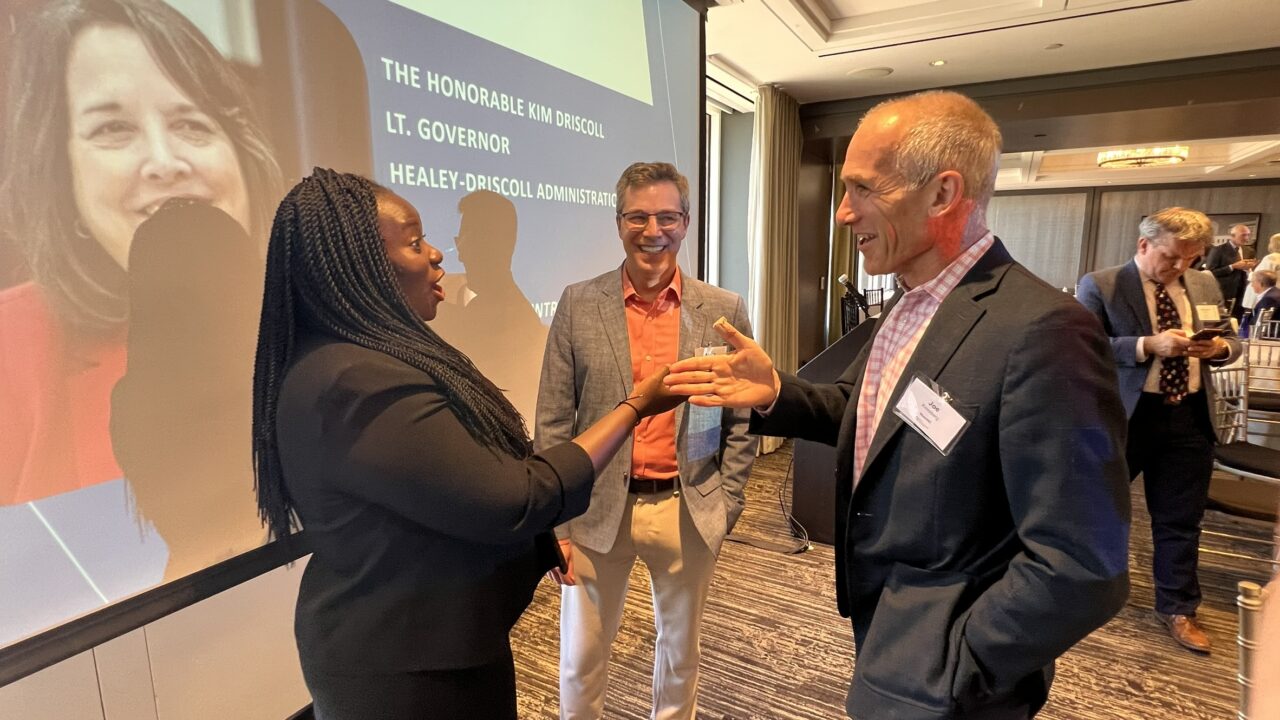
Panel I: Energy + Permitting—Clearing the Path to Growth
The first panel brought together Secretary Ed Augustus (EOHLC), Acting Secretary Ashley Stolba (EOED), and Melissa Lavinson, Executive Director of the Office of Energy Transformation(EEA) for a frank conversation about what’s stalling development—and how to fix it.
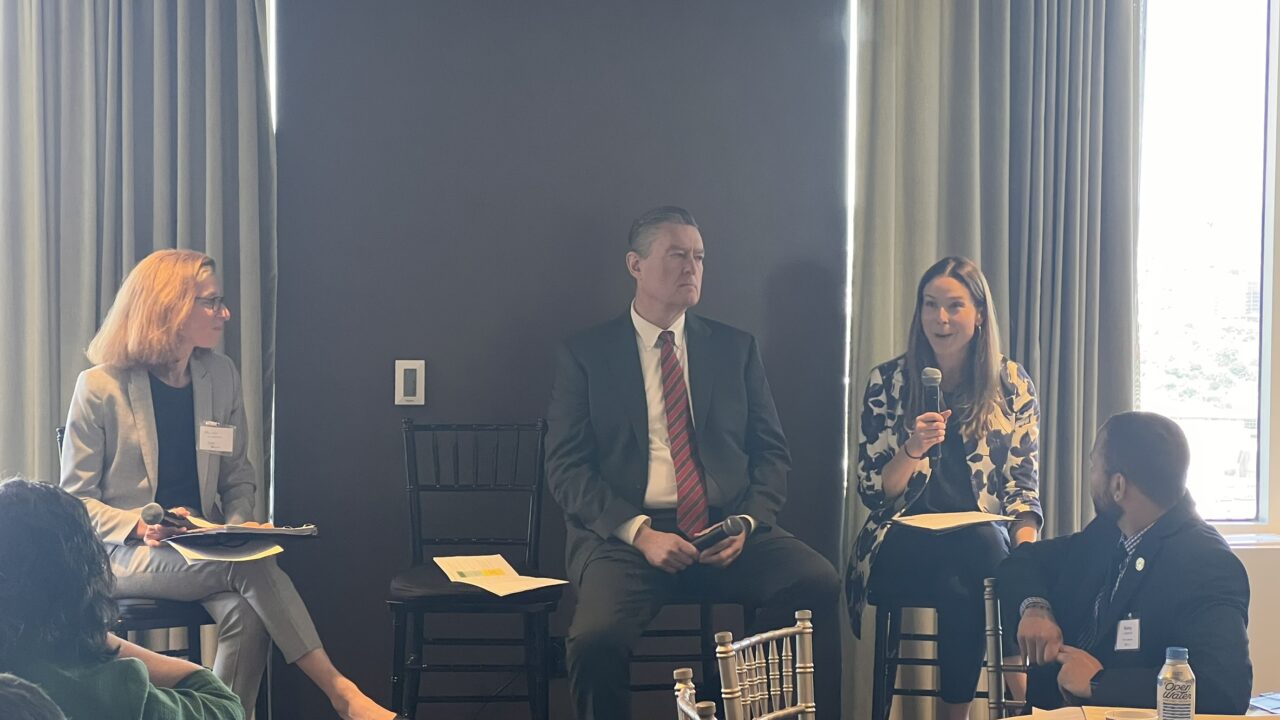
The state’s new “Business Front Door” portal was announced, a move aimed at demystifying how small businesses can access public incentives and make them more transparent. The panelists also acknowledged what many leaders in the room have felt for years: the lack of site-ready parcels, energy constraints, and utility red tape are slowing otherwise viable projects.
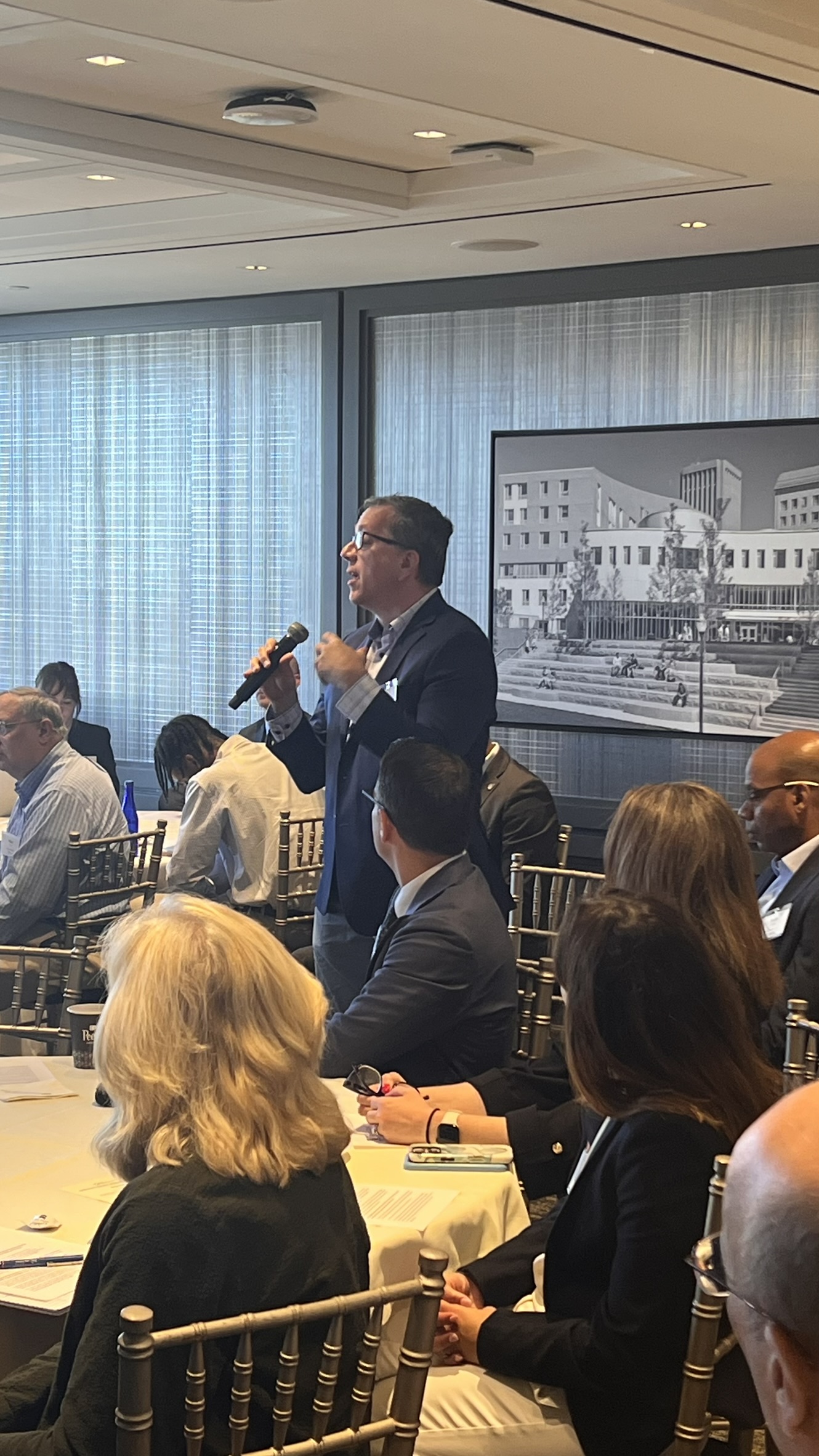
A big theme was energy abundance—not just clean, but affordable and accessible. Lavinson introduced the idea of “Energy Ready Zones” as a solution to pre-certify areas for development with the right infrastructure, while Stolba talked about how the state is exploring creative ways to make downtown revitalization efforts more capital-eligible.
Policy Center Updates: The Road Ahead
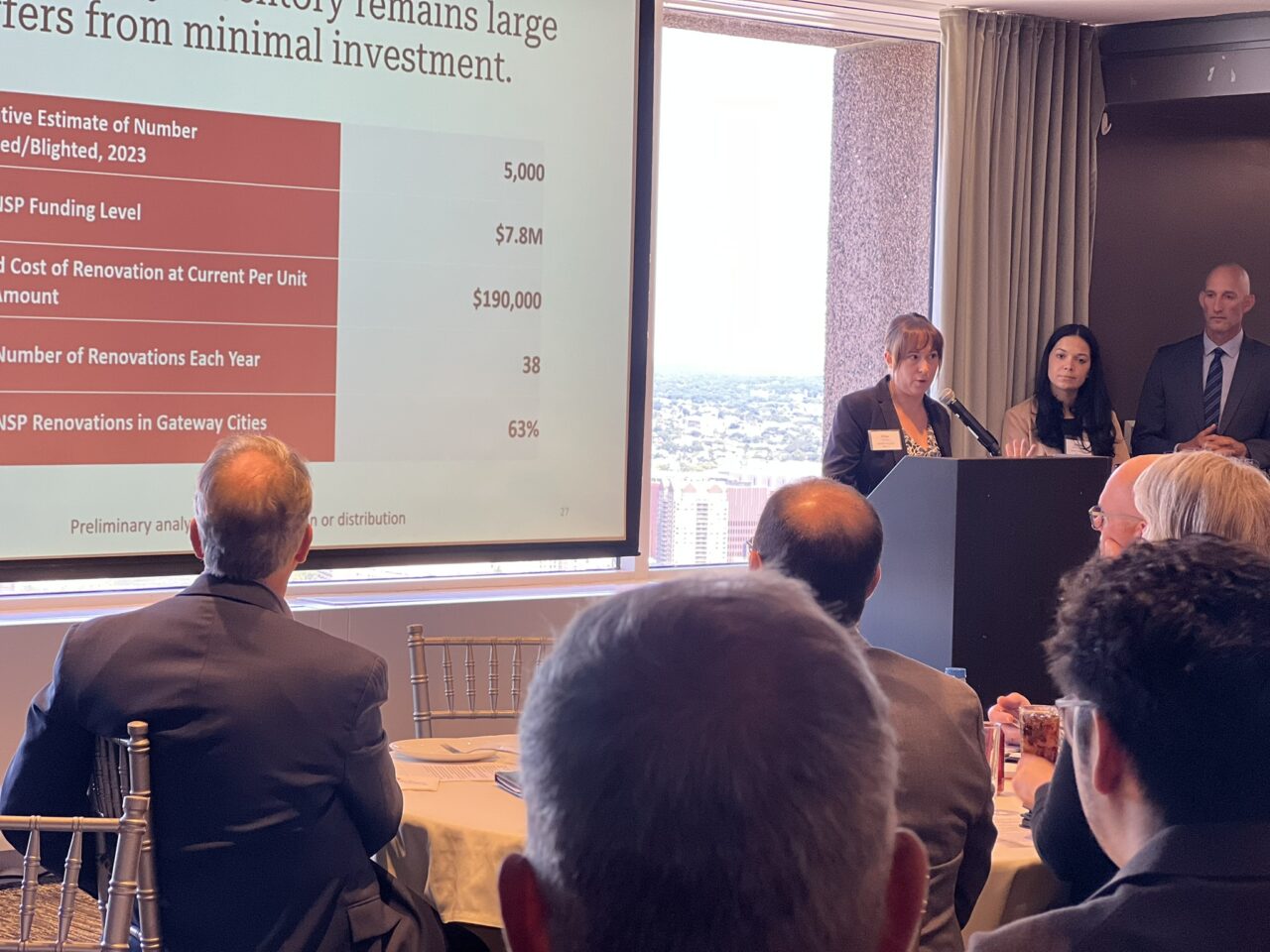

The MassINC Policy Center shared preliminary data from upcoming research across transportation, education, and housing. The stories behind the data painted a picture of uneven progress and persistent barriers.
- Transit: The state’s commuter rail system can already move 2–3 times more riders than it currently does. What’s needed isn’t necessarily more trains—but smarter pricing, targeted incentives, and intentional support for ridership during off-peak hours and reverse commutes.
- Education: Gateway City students are disproportionately learning in aging, overcrowded schools. The state’s school building authority policies put higher cost burdens on urban districts—leaving communities with the greatest needs on the outside looking in. Massachusetts must overhaul of how school facilities with the greatest needs are prioritized and funded.
- Housing: Permitting of new multifamily housing units has doubled in recent years, but this coincided with a unique, one-time increase in funding driven largely by ARPA and the Housing Development Incentive Program (HDIP). Meanwhile, Gateway Cities continue to be hamstrung by outdated and burdensome regulations and a sluggish rehab pipeline. One stat hit hard: at current funding levels for the Neighborhood Stabilization Program (NSP), it would take more than 100 years to rehab the existing stock of blighted vacant properties.
Full reports on transportation, education, and housing will be released this fall, offering deeper analysis and actionable recommendations to support Gateway Cities. Stay tuned for data-driven insights that will inform the next chapter of policy and investment across Massachusetts. Read recent reports from the MassINC Policy Center here.
Speaker Mariano Speaks on Economic Resilience
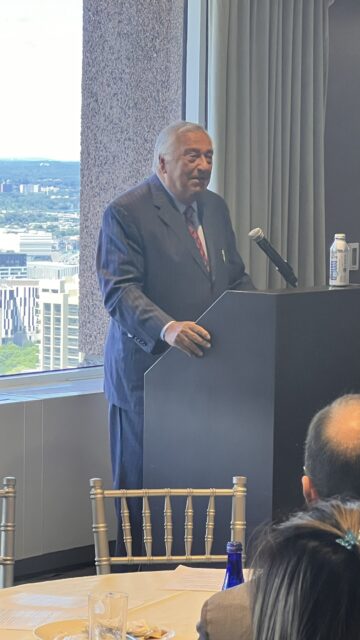
House Speaker Ron Mariano delivered a candid assessment of the challenges ahead. He expressed concern over hospital closures, flagged federal threats to clean energy investment, and emphasized the need to proactively address the water, climate, and infrastructure issues impacting many Gateway Cities.
Yet his remarks also struck a hopeful tone—grounded in tangible progress. He highlighted a strategic investment to extend water service from Quincy to Weymouth, enabling the development of 6,000 new housing units and prompting unprecedented collaboration across three municipalities.
His message was clear: Gateway Cities have the power to drive transformative change when they organize, build strong coalitions, and align with the legislature.
Panel II: Building an Economic Development Package that Delivers
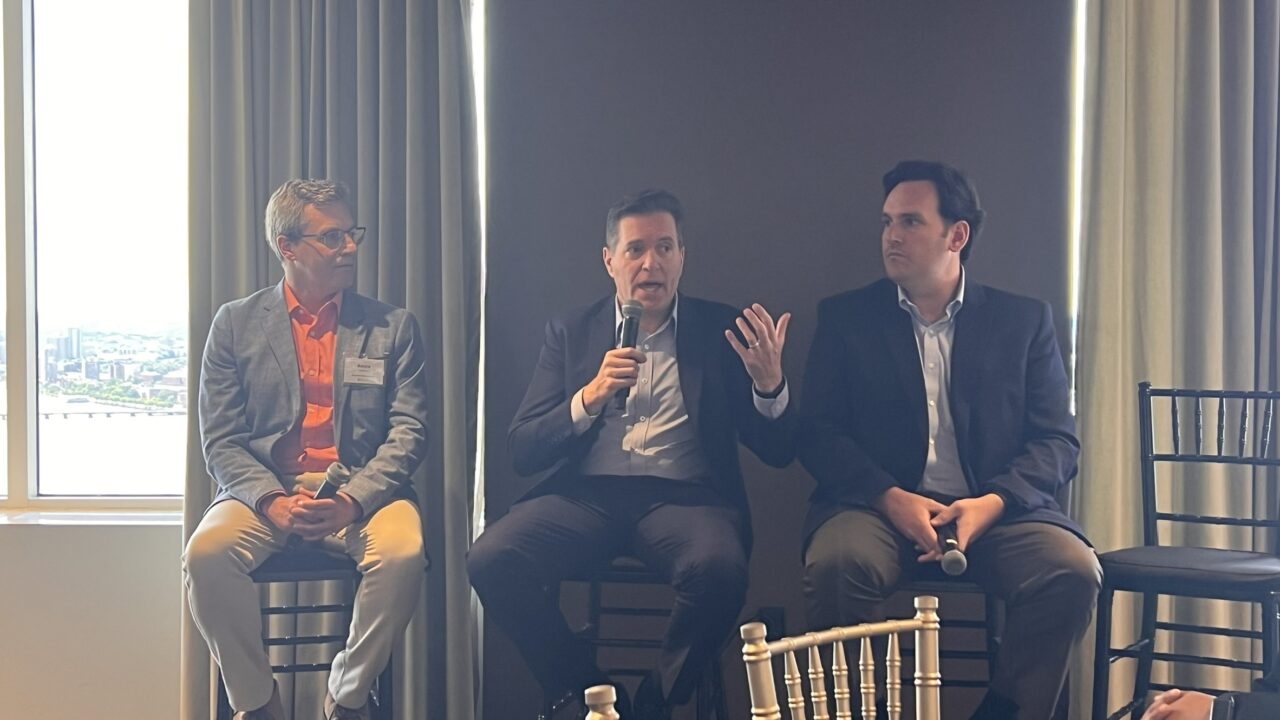
The final session featured Senators Barry Finegold and John Croninin conversation with MassINC’s André Leroux. The framing? Massachusetts is falling behind. States like North Carolina are gaining ground in employment, higher education, and affordability. The Commonwealth needs to adapt—fast.
The senators championed:
- Permitting reform as a top priority—accompanied by real accountability,
- Expanded vocational training, including new annexes for Gateway City high schools,
- A larger, more flexible HDIP, designed for mixed-income development that anchors families, not just singles or investors.
They also emphasized the importance of small business support, especially from local banks and credit unions who understand community needs better than state agencies. Senator Cronin summed it up well: “We can’t plan our way out of this. We have to build. And the places best positioned to do that are right here.”


Looking Ahead: From Promise to Policy
The 2025 Gateway Cities Leadership Summit served as both a showcase of bold policy ideas and a powerful affirmation of the momentum building in local leadership. Whether advancing climate tech, transforming schools into community hubs, or accelerating housing production, Gateway Cities are where innovation and implementation converge.